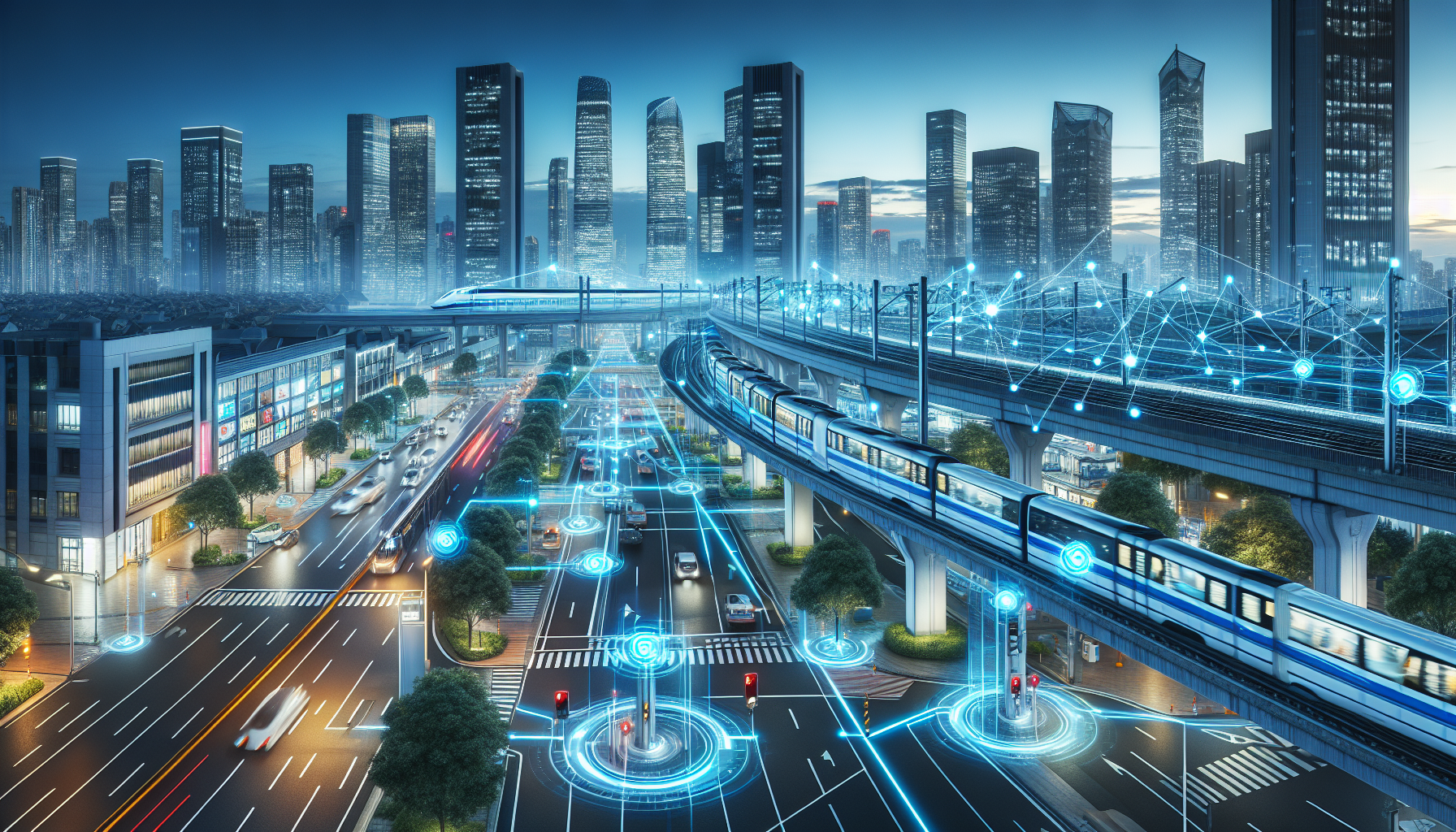Empowering Urban Development: The Role of AI in Building Smart Transportation Systems
The ongoing urban expansion calls for innovative solutions to manage the complexities of city living. Among these challenges, transportation stands out as both a vital artery for economic activities and a significant source of congestion and environmental impact. This blog post explores how Artificial Intelligence (AI) is playing a transformative role in developing smart transportation systems, thereby enhancing urban mobility, reducing pollution, and improving the quality of life in urban settings.
The Need for Smart Transportation Systems
With the global urban population on the rise, cities are increasingly pressured to handle more people, vehicles, and services efficiently. Smart transportation systems are designed to address these challenges through integration of technology and data. They aim to:
- Enhance public transit efficiency and reliability.
- Reduce traffic congestion.
- Minimize environmental impact.
- Improve road safety.
- Deliver real-time information to commuters and city planners.
Role of AI in Smart Transportation
Transforming Traffic Management
AI-driven systems can analyze vast amounts of data from street cameras, sensors, and vehicles in real time, enabling dynamic traffic management. These systems can adjust traffic signal timings, predict and alleviate congestion, and optimize routes instantly. Take, for example, the implementation of AI in responsive traffic light systems:
# Sample code for AI-based traffic light control
import traffic_simulation as ts
def adjust_traffic_lights(traffic_data):
for intersection in traffic_data.intersections:
if intersection['traffic_level'] > threshold:
ts.change_light_timing(intersection['id'], 'increase_red_duration')
Enhancing Public Transit
AI can personalize public transportation by predicting peak times and adjusting service accordingly. This optimization ensures that the number of vehicles matches the demand, which not only conserves energy but also improves commuter experiences. Furthermore, AI can facilitate autonomous buses and trains, significantly reducing human error and operational costs.
Improving Road Safety
AI has the potential to significantly enhance road safety by monitoring and analyzing driver behavior, vehicle conditions, and road circumstances. By predicting potential accidents and suggesting preventive measures, AI contributes to safer roads. Advanced driver-assistance systems (ADAS) equipped with AI are already making a difference:
# Sample code for ADAS features
import adas_module as am
def check_vehicle_safety(vehicle_data):
if am.analyze_braking_pattern(vehicle_data) == 'risk_detected':
am.suggest_vehicle_checkup()
Challenges and Solutions
While AI holds tremendous promise for revolutionizing urban transportation, it also presents significant challenges:
- Data Privacy and Security: Ensuring the privacy and security of the data collected, such as personal travel information, is paramount.
- Infrastructure Costs: The initial setup for integrating AI technology can be high. Cities must find a balance between cost and benefits.
- Technology Adaptation: There is a need for continuous maintenance and upgrades to keep up with technological advances and prevent obsolescence.
Countermeasures and Future Outlook
To address these challenges, cities can deploy encryption techniques for data protection, pursue public-private partnerships to fund infrastructure, and invest in continuous training and development for workforce adaptation.
Conclusion
AI has the power to transform urban transportation systems, making them smarter, safer, and more efficient. Although challenges exist, they are surmountable with careful planning and robust implementation strategies. As urban areas continue to grow, the role of AI in transportation will only become more integral, promising a more sustainable and efficient future for city dwellers.




